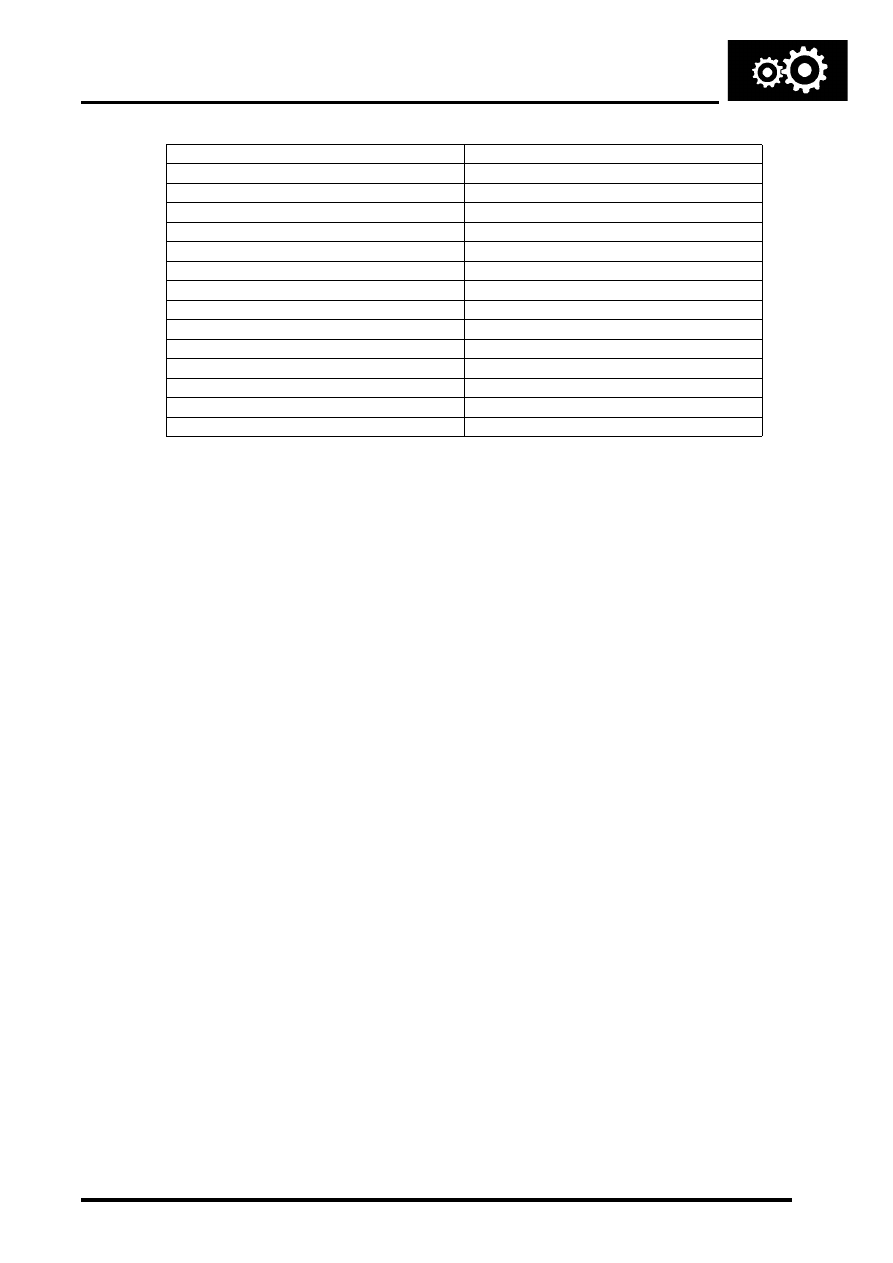Discovery 2. Manual - part 146

AUTOMATIC GEARBOX - ZF4HP22 - 24
DESCRIPTION AND OPERATION
44-15
CAN communications between EAT ECU and ECM
Inputs from ECM
Outputs to ECM
CAN version identifier
Calculated gear
Emissions (OBD II) control
Diagnostic information
Engine air intake temperature
Emission (OBD II) fault status
Engine speed
Engine torque reduction request
Engine speed fault flag
Gear position switch information
Engine temperature
Output shaft speed
Engine torque
Mode information
Engine torque fault flag
Shift information
Friction torque
Torque converter lock-up status
Maximum engine torque
Reduced engine torque
Road speed
Status of engine torque reduction
Throttle position